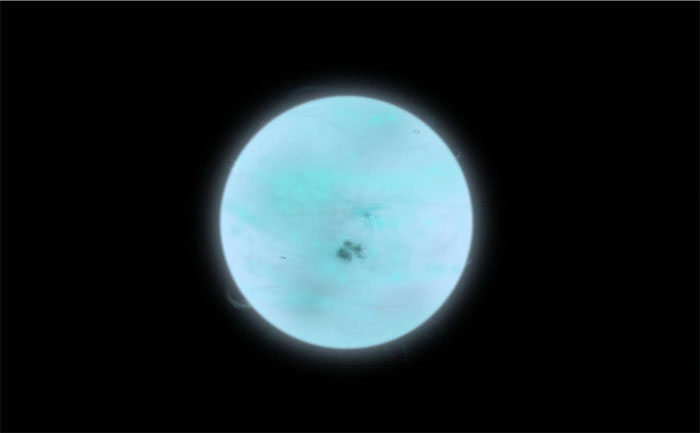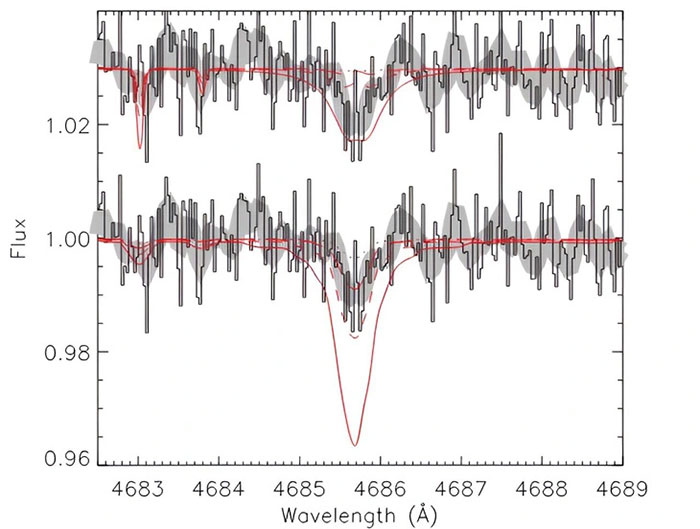Detection of the Milky Way's most metal-poor star
Astronomers have just discovered the most metal-poor helium star called EC 19529-4430 .
Extreme helium (EHe) stars are supergiants that are much larger and hotter than the Sun, but less massive. They have almost no hydrogen, which is unusual because hydrogen is the most common chemical element in the universe.

EC 19529-4430 is said to be the most metal-poor star in the Milky Way - (Illustration: Living Future).
EHe stars are characterized by sharp and relatively strong optical lines of neutral helium , indicating low surface gravity and a helium-dominated atmosphere.
In addition to helium, these stars also contain significant amounts of carbon, nitrogen and oxygen. The first EHe star was discovered in 1942.
EC 19529-4430 is a recently discovered EHe star in the Galactic halo , about 15,500 light-years away.
A team of astronomers led by Simon Jeffery of the Armagh Observatory and Astronomy Center in Armagh, UK, decided to study EC 19529-4430 further to unravel its true nature. its.
For this purpose, they used the high resolution spectrometer (HRS) and the Robert Stobie spectrometer (RSS) of the South African Large Telescope (SALT). Observations show that EC 19529-4430 has an effective temperature of -252.45 degrees Celsius and an overall metallicity of -1.3 dex.

Spectroscopic data obtained with HRS for EC 19529-4430 - (Photo: Jeffery/phys.org).
The study confirmed that its surface appears to be composed primarily of helium that has undergone the CNO cycle (one of two series of thermonuclear reactions in which stars convert hydrogen to helium, in which hydrogen is fused with helium by carbon C, nitrogen N and oxygen O). To date, no pulsations from this star have been identified.
Overall, the results indicate that EC 19529-4430 is the most metal-poor EHe star discovered to date. Furthermore, it is the most carbon-poor and nitrogen-rich EHe star known.
The authors suggest that it most likely resulted from the merger of two helium white dwarfs .
- Close up of the Milky Way's
- The mysterious age of the mysterious star
- The fastest star in the Milky Way
- The 'lonely star' was kicked out of the Milky Way, forever in nothingness
- The biggest star in the Milky Way is forming
- Strange star groups move rapidly to disturb the Milky Way
- Discover the farthest star in the Milky Way
- Fun little-known facts about the Milky Way
- 360-degree portrait of the Milky Way
- Super-fast star detection
- Hypervelocity is kicked out of the Milky Way at the fastest speed in the universe
- Enjoy the pure Milky Way season
 Van Allen's belt and evidence that the Apollo 11 mission to the Moon was myth
Van Allen's belt and evidence that the Apollo 11 mission to the Moon was myth The levels of civilization in the universe (Kardashev scale)
The levels of civilization in the universe (Kardashev scale) Today Mars, the sun and the Earth are aligned
Today Mars, the sun and the Earth are aligned The Amazon owner announced a secret plan to build a space base for thousands of people
The Amazon owner announced a secret plan to build a space base for thousands of people